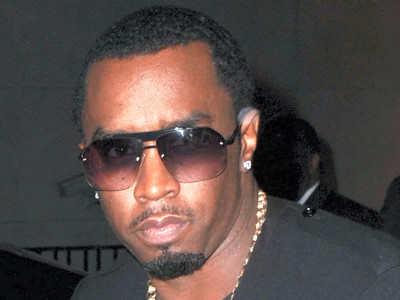Traditionally, most mosques in towns and rural areas provided for a literate teacher to give basic education in conventional subjects, along with the learning of the Holy Quran. For the literacy part, it was not uncommon for Sikh and Hindu families to send their children to the madrassa as well. For instance, in the state of Bahawalpur, all madrassas were regulated and supervised by inspectors of madrassas, and all teachers were educated and paid by the state. In various parts of the regions of present-day Pakistan, there were different practices, but one thing that stands common is the role of the madrassa in the social and religious life of local communities.
However, with the spread of modern education, madrassa education lost attraction with new schools, colleges and universities being established. The popularity of secular education and its enabling role in improving economic and social conditions of young persons pushed the madrassa to the margins of educational choices. Only the religious-minded, the poor and those who could not access modern educational institutions now enrolled in madrassas.
Meanwhile, the character of the madrassa also changed, from being pluralistic and somewhat secular, to purely religious. That was roughly the state of affairs around the time of independence of Pakistan. Every aspect of the madrassa has changed very rapidly over the decades. The growing power of the clergy and its role in promoting the idea of an Islamic state in Pakistan provided energy and resources for the spread of madrassa networks. Compared with what has happened in the last three decades, this was still slow expansion, but some definite lines were drawn.
First, all madrassas became sectarian and continue to remain so, with their own respective boards, curriculum and theological lineage. Second, all of them have expanded very rapidly owing to two major factors: the Iranian revolution and the Afghan jihad pursued to push the Soviets out of Afghanistan. Both these factors have introduced a foreign element to the funding of specific types of madrassas, thus further sharpening the sectarian divide and conflict.
The third and consistent pattern is that only the poor are enrolling in madrassas. In the final analysis, it is poverty and the large size of poor families that push them to enroll their children in madrassas. They simply cannot afford to provide modern education to their children. Just free education — no fee and free books — is not attractive for these families. Sadly, most of these families cannot afford providing food, clothing and even shelter to their large families. The madrassa provides everything. Yet, it is still not the first choice of such families; they are faced with a compulsion to give something to their children — education, identity and some chance of success.
Published in The Express Tribune, July 1st, 2015.
Like Opinion & Editorial on Facebook, follow @ETOpEd on Twitter to receive all updates on all our daily pieces.











1732012115-0/Untitled-design-(14)1732012115-0-270x192.webp)



1736672726-0/tommyinnit-dream-(2)1736672726-0-270x192.webp)


COMMENTS (3)
Comments are moderated and generally will be posted if they are on-topic and not abusive.
For more information, please see our Comments FAQ